The B2B e-commerce sector is booming in 2025, fueled by rapid technological advancements and changing market dynamics.
In 2024, the value of business-to-business (B2B) e-commerce sales reached 2.3 trillion U.S. dollars in the United States. Estimating a compound annual growth rate of 10.7 percent, U.S. B2B e-commerce will generate over three billion U.S. dollars in sales by 2027.
This growth is transforming how businesses interact, conduct transactions, and expand, driving a shift toward a more digital and interconnected marketplace.
Retail e-commerce sales are projected to reach more than eight trillion dollars by 2027. Currently, 65% of B2B companies across all industries offer e-commerce capabilities.
Digitalization has transformed traditional business models, enabling companies to reach global audiences more efficiently. The rise of e-commerce platforms helps streamline operations, reduce costs, and enhance customer experiences.
The COVID-19 pandemic accelerated this trend, highlighting the need for robust online systems to support remote transactions. A significant 80% of B2B decision-makers and buyers now favor remote human interactions or online experiences over traditional business methods.
These robust B2B e-commerce statistics highlight that these trends are not just temporary—they're here to stay and will likely become even more widespread in the coming years. While the rollout of COVID-19 vaccines offers hope for a return to normalcy, many businesses have recognized that the changes sparked in 2020 are far from disappearing.
This blog will explore future ecommerce trends in detail, showing how they drive B2B ecommerce growth and what businesses should do to thrive in this evolving market.
B2B Ecommerce Trends to Watch for Future Growth
1. AI-Driven Personalization
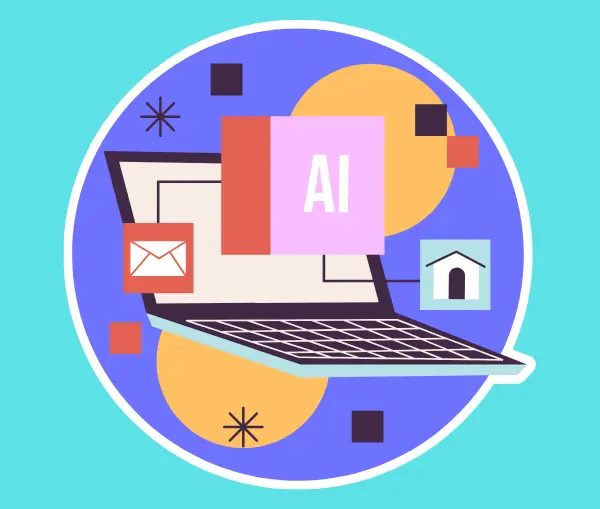
Artificial Intelligence (AI) is revolutionizing how B2B companies interact with customers. In 2025, AI-driven personalization is expected to become more sophisticated, offering tailored experiences that significantly enhance customer engagement and satisfaction.
How It Works: AI and machine learning algorithms analyze vast amounts of data from various sources, including past interactions, purchasing behavior, and browsing patterns. This data helps create highly personalized content, product recommendations, and targeted marketing strategies.
Key Features:
- Dynamic Content Delivery: Personalised email campaigns, product suggestions, and content recommendations based on user behavior and preferences.
- Predictive Analytics: Anticipating customer needs and behaviors to offer solutions before they are explicitly sought.
- Enhanced Customer Service: AI-powered chatbots and virtual assistants providing immediate, relevant support.
Impact on B2B E-commerce:
- Improved Customer Experience: More relevant interactions and offers increase customer satisfaction and loyalty.
- Increased Conversion Rates: Personalised recommendations can drive higher sales and repeat business.
- Efficient Lead Generation: AI can identify and nurture high-quality leads through targeted campaigns.
2. Omnichannel Selling Strategies
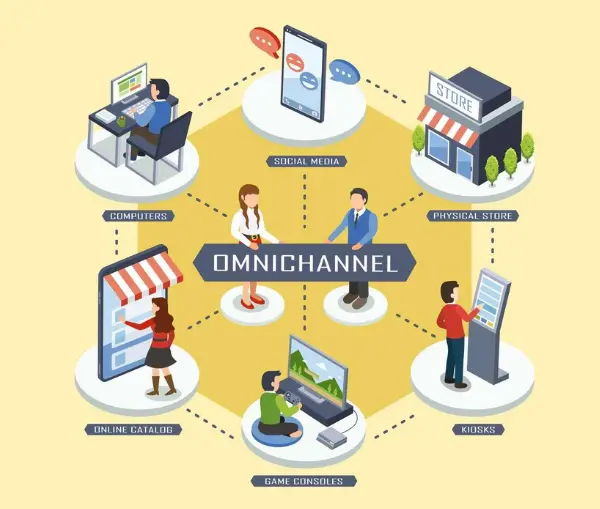
Omnichannel selling is becoming a foundation of successful B2B ecommerce strategies. Companies are integrating various sales channels to create a seamless customer experience.
How It Works: An omnichannel approach connects online platforms, physical stores, and sales teams, allowing customers to interact with the brand through multiple touchpoints. This integration ensures that the customer journey is consistent and fluid across all channels.
Key Features:
- Unified Customer Profiles: Centralised data that provides a comprehensive view of customer interactions across channels.
- Cross-Channel Promotions: Coordinated marketing efforts that leverage all available channels to reach customers.
- Integrated Sales and Support: A unified sales and customer service approach ensures a consistent experience.
Impact on B2B Ecommerce:
- Enhanced Customer Journey: A cohesive experience across all channels improves customer satisfaction and loyalty.
- Increased Sales Opportunities: Multiple touchpoints and seamless integration can lead to more sales and cross-selling opportunities.
- Better Data Insights: Unified data collection helps more accurately understand customer behavior and preferences.

3. Blockchain for Enhanced Security and Transparency

Blockchain technology is making significant strides in the B2B ecommerce sector. Known for its ability to provide secure and transparent transactions, blockchain is set to transform how businesses handle transactions and data management.
How It Works: Blockchain creates a shared, unchangeable record of transactions that all authorized parties can access. This openness helps prevent fraud and ensures the accuracy of transaction data.
Key Features:
- Secure Transactions: Enhanced security through encryption and decentralized validation.
- Transparent Supply Chains: Real-time tracking and verification of goods and transactions.
- Smart Contracts: Automated, self-executing contracts that reduce the need for intermediaries.
Impact on B2B Ecommerce:
- Increased Trust: Transparent and secure transactions build trust between businesses and their partners.
- Reduced Fraud: Immutable records and decentralized validation minimise the risk of fraud.
- Streamlined Processes: Automated smart contracts and efficient data management improve operational efficiency.
4. Headless Commerce Adoption
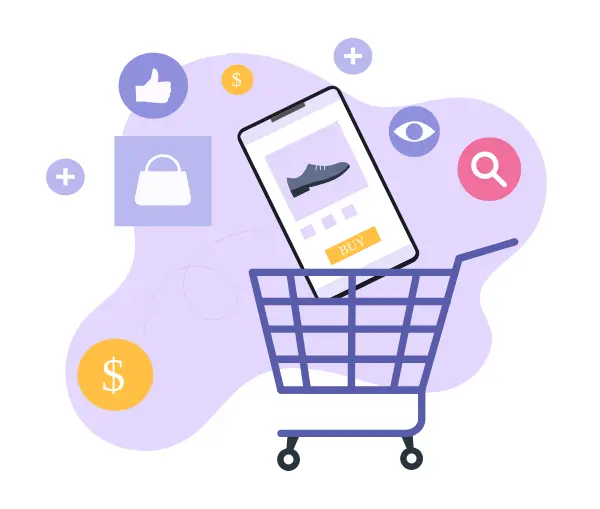
Headless commerce is gaining traction among B2B brands as they seek greater flexibility and customization in their e-commerce platforms. By decoupling the front end and back end, businesses can create more dynamic and tailored digital experiences.
How It Works: In a headless commerce setup, the backend (where data and content management occur) is separated from the frontend (where the customer interface is presented). This separation allows for greater flexibility in delivering content and functionality to users.
Key Features:
- Customization Flexibility: Ability to create unique user experiences tailored to specific customer needs.
- Faster Time to Market: Agile development processes allow quicker updates and feature rollouts.
- Omnichannel Integration: Seamless integration with various digital touchpoints and channels.
Impact on B2B Ecommerce:
- Enhanced User Experience: Greater user interface and experience control leads to improved customer satisfaction.
- Scalable Solutions: Easier to adapt and scale solutions to meet evolving business needs.
- Improved Agility: Faster development and deployment of new features and updates.
SEE ALSO : Marketplace Business Models, Process, Cost & More
5. Increased Use of Social Media
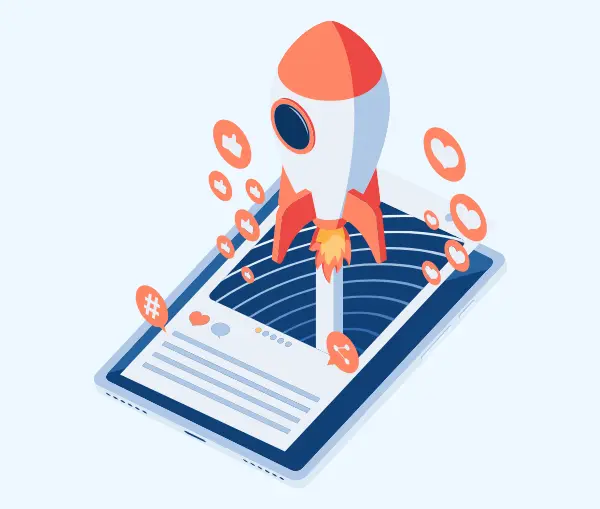
Social media is becoming vital for B2B companies to engage with customers, generate leads, and build brand presence. In 2025, more organisations are expected to leverage social media platforms to drive business growth.
How It Works: B2B companies use social media for various purposes, including brand awareness, lead generation, and customer engagement. Platforms like Instagram, LinkedIn, Twitter, and Facebook are increasingly important for reaching and interacting with business clients.
Key Features:
- Targeted Advertising: Advanced targeting options to reach specific business audiences.
- Content Marketing: Sharing valuable content to establish thought leadership and engage with potential clients.
- Community Building: Creating and participating in industry-specific communities to build relationships and foster engagement.
Impact on B2B Ecommerce:
- Enhanced Brand Visibility: Increased presence on social media platforms improves brand recognition and reach.
- Lead Generation: Social media advertising and content can drive high-quality leads and conversions.
- Customer Engagement: Direct interaction with customers fosters stronger relationships and loyalty.
6. Growing Importance of Mobile Apps
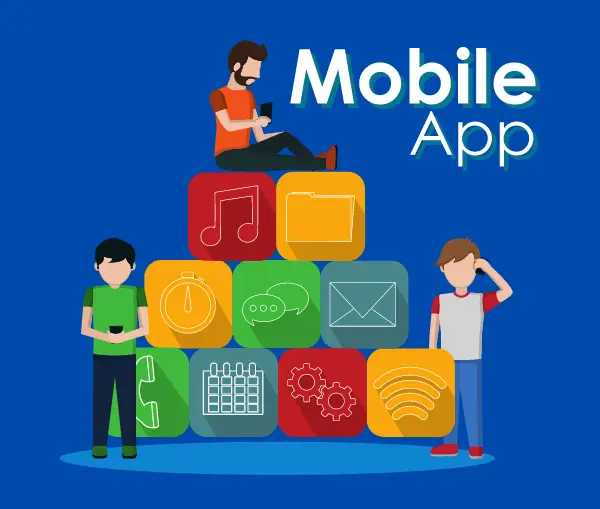
Mobile apps are becoming increasingly important for B2B companies as they seek to provide more accessible and convenient solutions for their clients. The development of mobile apps is on the rise, offering businesses new ways to engage with their customers.
How It Works: B2B companies are investing in mobile app development to offer features such as easy ordering, real-time updates, and enhanced customer service. These apps provide a dedicated platform for businesses to interact with their clients on the go.
Key Features:
- Mobile Ordering: Simplified ordering processes through mobile applications.
- Push Notifications: Real-time updates and alerts directly to users’ mobile devices.
- Enhanced Accessibility: Convenient access to services and information from anywhere.
Impact on B2B Ecommerce:
- Improved Customer Experience: Enhanced convenience and accessibility increase satisfaction and loyalty.
- Increased Engagement: Mobile apps provide additional touchpoints for interaction and engagement.
- Operational Efficiency: Streamlined processes and real-time updates improve overall efficiency.
7. Going All In on SaaS with Extensibility
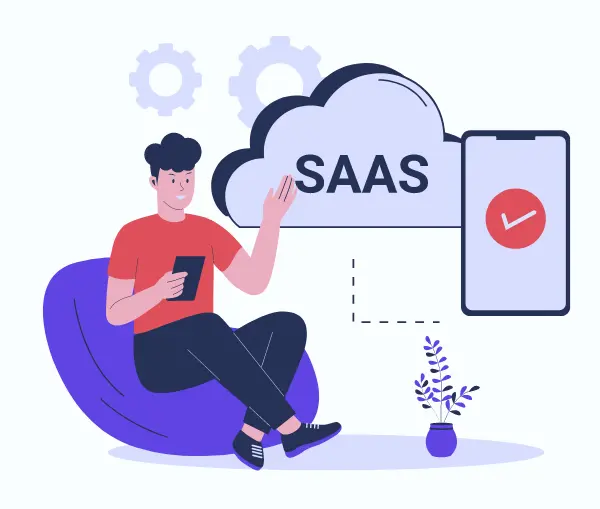
Software as a Service (SaaS) is becoming the preferred model for B2B e-commerce platforms due to its flexibility, scalability, and cost-effectiveness. In 2025, more brands will adopt SaaS solutions with extensibility to meet their specific needs.
How It Works: SaaS platforms offer cloud-based solutions accessible over the Internet, eliminating the need for on-premises infrastructure. Extensible SaaS solutions allow businesses to customise and extend functionality through integrations and add-ons.
Key Features:
- Scalability: Easily scale services and features as business needs change.
- Customizability: Extend and customise the platform with third-party integrations and add-ons.
- Cost Efficiency: Reduce costs associated with infrastructure and maintenance.
Impact on B2B Ecommerce:
- Enhanced Flexibility: Ability to adapt and customise solutions to meet unique business requirements.
- Improved Scalability: Seamless scaling to accommodate growth and changing business needs.
- Reduced IT Burden: Lower infrastructure and maintenance costs, allowing businesses to focus on core activities.
SEE ALSO : Online Marketplace Ideas
FAQs
Q: What are the top B2B ecommerce trends to watch in 2024-25?
A: The top B2B ecommerce trends in 2024-25 include the rise of composable commerce, increased utilization of third-party B2B marketplaces, the integration of social commerce, advancements in digital channels, and a focus on enhanced customer experiences for B2B buyers.
Q: How will composable commerce impact B2B businesses in 2025?
A: Composable commerce will allow B2B companies to customize their ecommerce platforms more flexibly, enabling them to adapt quickly to market changes and customer preferences, thereby improving their overall business agility and efficiency.
Q: What role do third-party B2B marketplaces play in the future of B2B ecommerce?
A: Third-party B2B marketplaces such as Amazon Business are increasingly important as they provide B2B sellers with access to a larger audience, streamline the purchasing process for business buyers, and enhance the overall competitive landscape of B2B commerce.
Q: How are B2B organizations adapting to trends in 2024-25?
A: B2B organizations are leveraging advanced ecommerce capabilities, such as integrating AI and machine learning into their ecommerce sites, to enhance customer engagement and personalize the buying experience for their B2B buyers.
Q: What are the latest B2B ecommerce statistics that indicate trends for 2025?
A: The latest B2B ecommerce statistics suggest significant growth in online sales, with projections indicating that B2B digital commerce will outpace B2C ecommerce in terms of market value, reflecting a shift towards more robust ecommerce platforms and solutions.
Q: How does social commerce influence B2B sales in 2025?
A: Social commerce is becoming an integral part of B2B sales strategies in 2025, as B2B companies utilize social media platforms to engage with business buyers, promote products, and facilitate a more interactive buying experience.
Q: What are the challenges for B2B firms in adapting to the changing ecommerce landscape in 2025?
A: B2B firms face challenges such as integrating new technologies into existing business systems, maintaining data security, and ensuring a seamless transition to new ecommerce capabilities while addressing the evolving expectations of today's B2B buyers.
Q: What is the significance of an ecommerce platform for B2B companies in 2025?
A: An ecommerce platform is crucial for B2B companies as it serves as the backbone of their digital commerce strategy, enabling them to manage transactions, customer relationships, and inventory while providing analytics to inform future business decisions.
Q: How do Business-to-business ecommerce trends in 2025 differ from those observed in 2024?
A: Trends in business-to-business eCommerce in 2025 reflect a greater emphasis on personalization and customer experience compared to 2024, with a notable shift towards more integrated and automated solutions that enhance the efficiency of B2B sales processes.


